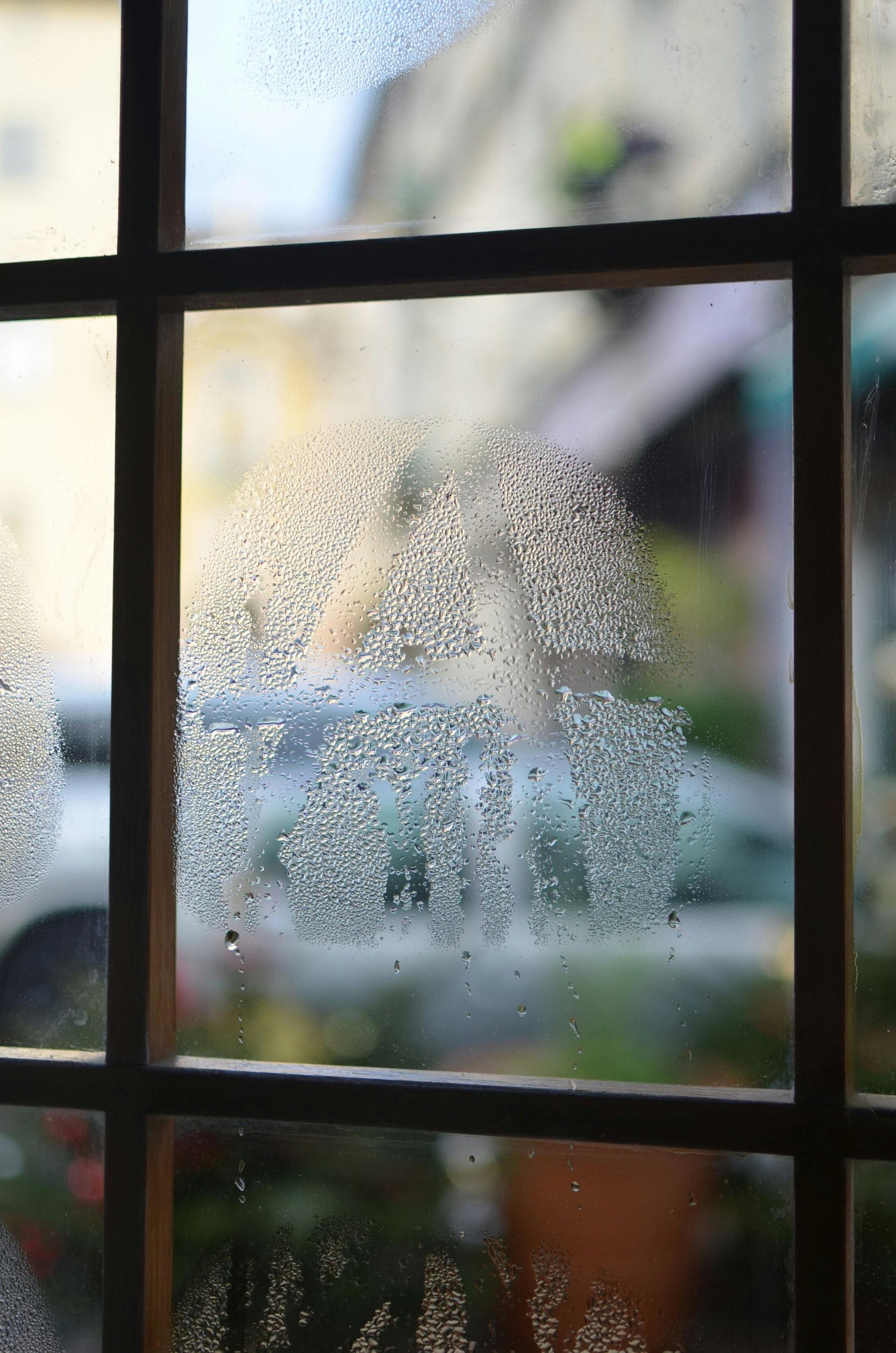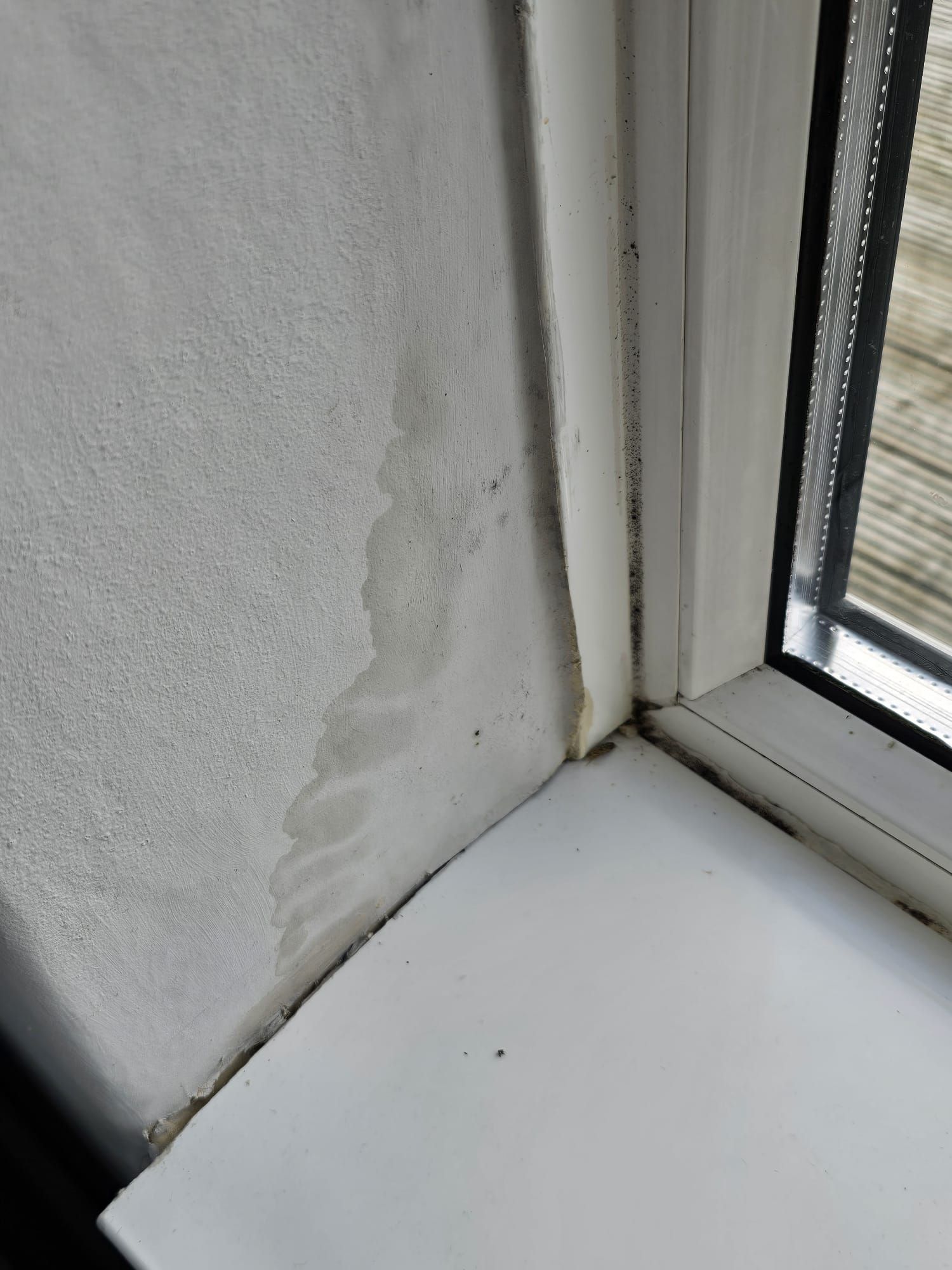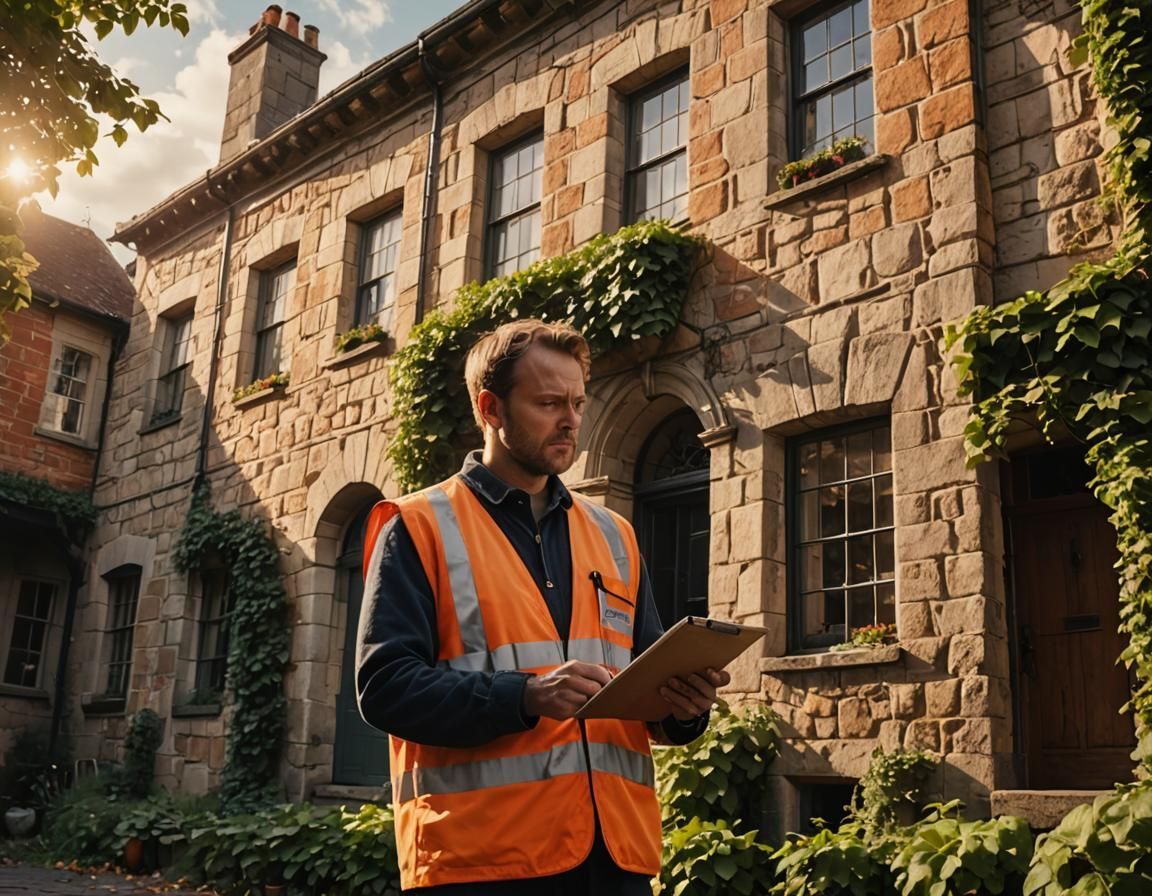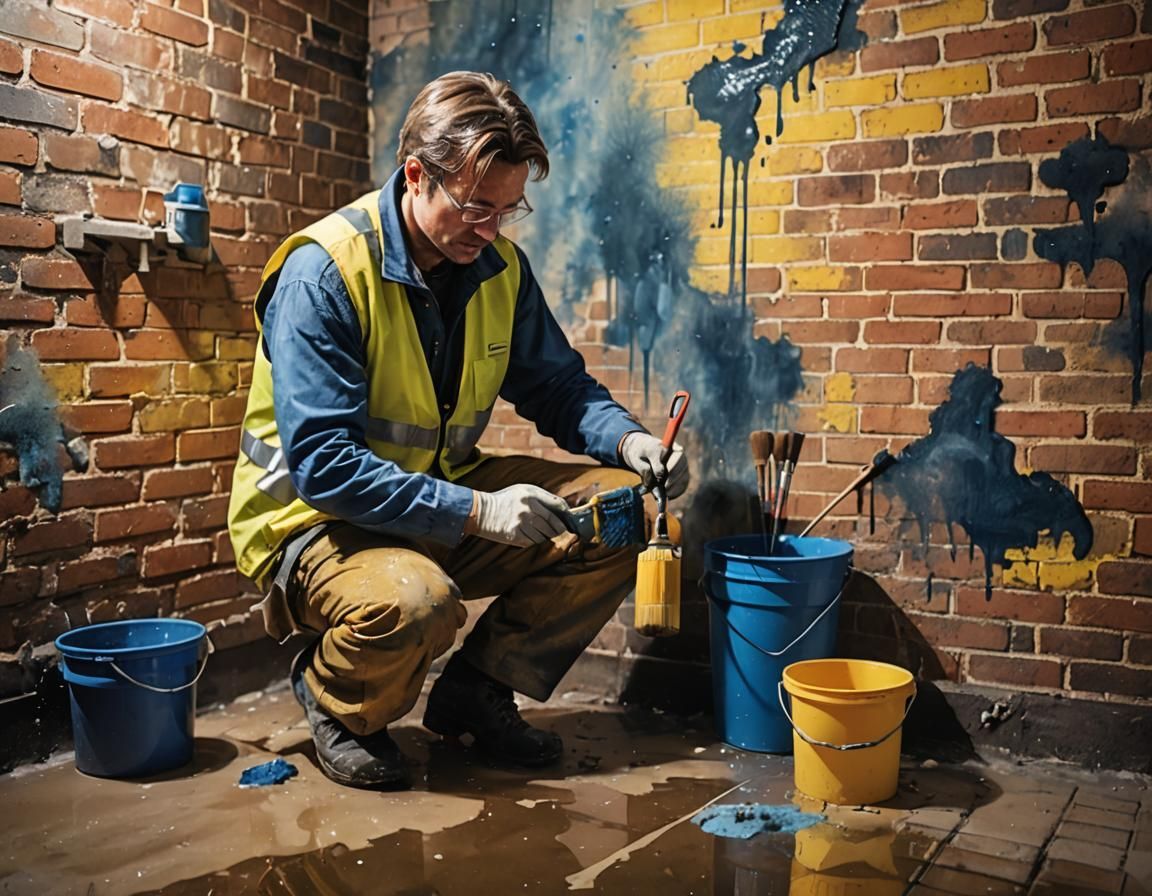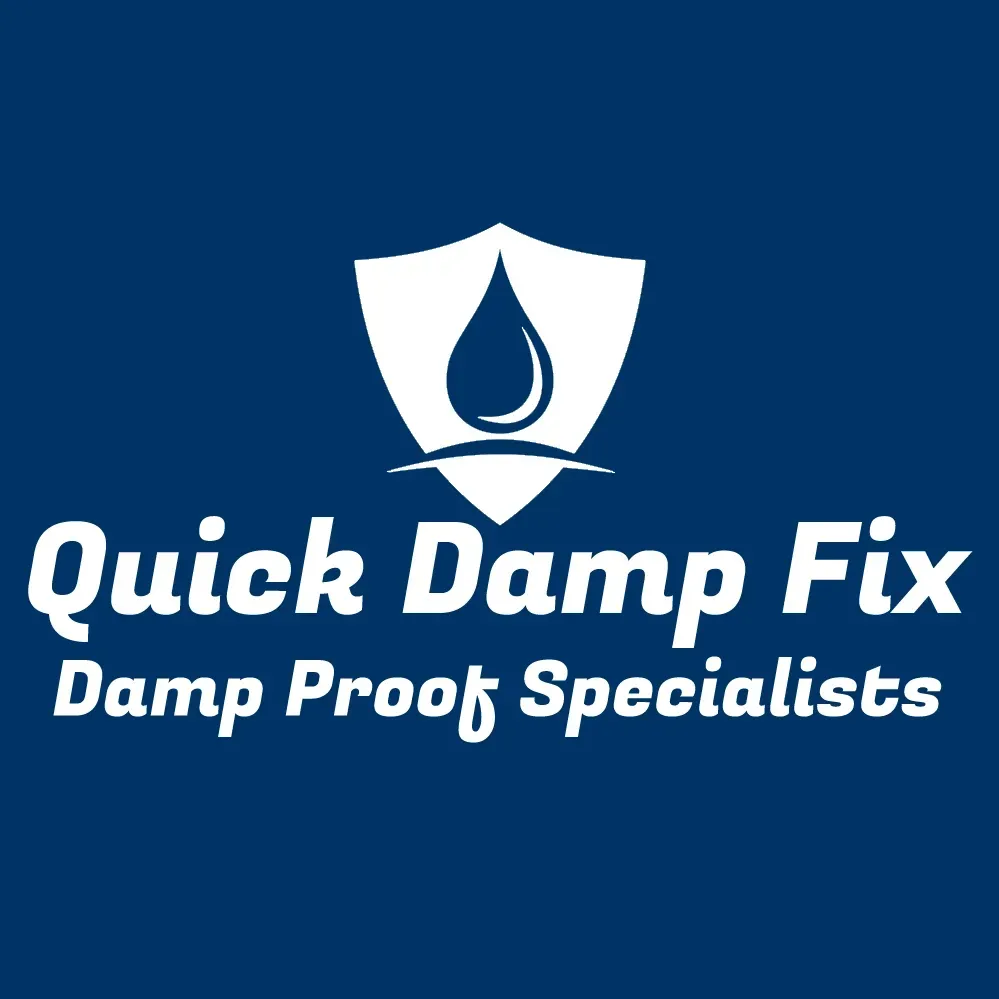Understanding Damp Proof Courses: Types and Complete Damp Proofing Guide
WRITTEN BY QUICK DAMP FIX, DAMP PROOFING SPECIALIST
Damp proofing is essential for maintaining the integrity of any property. This article explores the various types of damp proof courses and offers a comprehensive guide to understanding and managing damp issues effectively. Whether you're a homeowner or a property manager, understanding damp proofing can help prevent structural damage and improve living conditions.
What is Damp Proofing?
Definition of Damp Proofing
Damp proofing refers to the methods and materials used to prevent moisture from penetrating a building's walls and foundations. This process often involves the installation of a damp proof course (DPC), which is a barrier that stops rising damp from the ground below. The DPC can be made from various materials, including bitumen, plastic membranes, or chemical treatments. By applying an effective damp proof membrane, properties can be safeguarded against different types of damp, ensuring that damp walls remain dry and free from moisture damage.
Importance of Damp Proofing
The importance of damp proofing cannot be overstated, especially in the UK, where damp-related problems are prevalent due to the climate. Without proper damp treatment, properties can suffer from rising damp, penetrating damp, and condensation, leading to significant structural damage and health issues. Damp can also result in unsightly mold growth and a musty odor, which affects the comfort of living spaces. A well-executed damp proofing guide helps in identifying signs of damp and promotes appropriate interventions to prevent damp from affecting the property.
How Damp Proofing Works
Damp proofing works by creating barriers that prevent moisture from reaching vulnerable areas of a structure. For instance, a damp proof course is installed at ground level to stop rising damp, while internal damp proofing measures, such as damp proof paint or membranes, can address existing damp issues. The effectiveness of a damp proofing system relies on the correct identification of the type of damp and the appropriate treatment method. Engaging a damp proofing specialist can ensure that the right solutions are employed, tailored to the specific damp problems a property may face.
Types of Damp
Understanding Different Types of Damp
Understanding the different types of damp is crucial for effective property management and maintenance. The most common forms include rising damp, penetrating damp, and condensation. Rising damp occurs when moisture from the ground seeps upwards through walls, often due to a lack of a proper damp proof course. Penetrating damp, on the other hand, is caused by water that infiltrates from the outside, usually through damaged roofs, walls, or plumbing. Condensation forms when warm, moist air comes into contact with cold surfaces, leading to moisture buildup. Each type of damp requires specific damp treatment methods to prevent further structural damage to properties.
Causes of Damp in Properties
Identifying the causes of damp in properties is essential for effective remediation. Common sources include poor drainage, inadequate ventilation, and the absence of effective damp proof membranes. In the UK, weather-related factors such as heavy rainfall can exacerbate these issues, leading to increased moisture levels. Additionally, plumbing leaks and rising groundwater can penetrate walls if there is no existing damp proof course. Understanding these causes allows property owners to address and rectify damp problems proactively, ensuring that their homes remain safe and structurally sound.
Identifying Rising Damp, Penetrating Damp, and Condensation
To tackle damp issues effectively, it is vital to identify the type of damp affecting the property. Rising damp is typically characterised by a distinct tide mark on walls, which may also show peeling paint and crumbling mortar. In contrast, penetrating damp often presents as localised water stains, drips, or damp patches that appear after heavy rainfall. Condensation can be identified through the presence of mold growth, especially in areas with poor ventilation such as bathrooms and kitchens. Conducting a thorough damp survey with the help of damp specialists can provide insights into the specific damp problem and guide appropriate damp treatment solutions.
Damp Proof Courses Explained
What is a Damp Proof Course?
A damp proof course (DPC) is a critical component in modern construction, designed to prevent moisture from rising through walls and causing damage to properties. Typically situated at ground level, a DPC acts as a barrier against rising damp, safeguarding the structural integrity of a building. The materials used for a DPC can vary widely, including bitumen, plastic sheets, or chemical solutions that create a waterproof membrane. Understanding the purpose of a damp proof course is essential for homeowners and property managers looking to maintain dry and healthy living environments.
Types of Damp Proof Courses
There are several different types of damp proof courses available, each tailored for specific conditions and requirements. Common options include traditional physical barriers like slate or polyethylene sheets, as well as more modern solutions like chemical damp proof courses that are injected into walls. These types of DPCs are designed to prevent moisture penetration effectively. Selecting the right type of damp proof course is crucial, as it directly impacts the overall effectiveness of damp proofing efforts. A comprehensive understanding of the various DPC types can aid in making informed decisions regarding property protection.
Damp Proof Course Injection vs. Damp Proof Course in Place
When addressing damp issues, property owners often face the choice between damp proof course injection and installing a new damp proof course in place. Damp proof course injection involves injecting a chemical barrier into existing walls to create a waterproof membrane that prevents rising damp. This method is less invasive and can be a quicker solution for properties with established damp problems. In contrast, installing a new damp proof course in place requires more extensive work but offers a long-term solution to prevent damp penetration. Understanding these options allows property owners to choose the most appropriate damp treatment for their specific situation.
Choosing the Right Damp Proofing Method
Factors to Consider When Selecting a Damp Proof Course
Choosing the right damp proofing method involves evaluating several key factors. The type of property, its age, and existing damp issues all play significant roles in determining the most effective damp proof course. Additionally, the local climate, particularly in the UK where damp is a prevalent problem, should be considered when selecting materials and techniques. It is crucial to assess whether the property currently has an effective damp proofing system in place or if a new damp proof course is necessary. Engaging with damp specialists can provide valuable insights during this decision-making process.
When Do You Need a Damp Proof Course?
A damp proof course is essential when a property shows signs of rising damp, penetrating damp, or condensation-related issues. Indicators such as damp walls, peeling paint, or mold growth signal the need for effective damp treatment. Properties built before the 1960s often lack adequate damp proofing measures, necessitating the installation of a new damp proof course to prevent further damage. Regular inspections and damp surveys can help identify these damp issues early, ensuring that necessary actions are taken promptly to maintain the property’s integrity and prevent structural damage.
Consulting a Damp Proofing Specialist
Consulting a damp proofing specialist is a wise step for homeowners facing damp issues. These professionals possess the expertise to conduct thorough damp surveys, identifying the type of damp affecting the property and recommending appropriate damp treatment solutions. A damp proofing specialist can assess existing damp proof courses and determine whether they are effective or require replacement. Their experience allows for tailored solutions that address specific damp problems, ensuring that properties are adequately protected against moisture and its damaging effects. Engaging a specialist can ultimately save time and money by preventing extensive repairs in the future.
Internal Damp Proofing Techniques
Overview of Internal Damp Proofing
Internal damp proofing encompasses various techniques designed to address existing damp problems within a property. This approach is particularly crucial in areas where moisture has already penetrated walls, leading to rising damp or condensation issues. By employing methods such as damp proof paint, membranes, and specialised coatings, property owners can create a waterproof barrier that protects internal surfaces. These internal damp proofing solutions are essential for maintaining the aesthetic quality of damp walls and preventing further structural damage, ensuring a healthier living environment against damp-related issues.
Damp Proof Paint and Membranes
Damp proof paint and membranes are effective products used in the internal damp proofing process. These specialised coatings are formulated to provide a waterproof barrier that prevents moisture from penetrating walls and ceilings. When applied correctly, damp proof paint can seal surfaces, significantly reducing the risk of damp problems arising from condensation or external moisture sources. Similarly, damp proof membranes offer an additional layer of protection, particularly in areas prone to high humidity or direct contact with damp ground. Utilising these products is vital for safeguarding homes from the damaging effects of damp.
Effectiveness of Different Internal Damp Proofing Methods
The effectiveness of internal damp proofing methods can vary based on the type of damp affecting a property and the specific techniques employed. For instance, while damp proof paint may provide adequate protection against condensation, it may not be sufficient for addressing rising damp, which requires more robust solutions. Similarly, damp proof membranes can effectively prevent moisture ingress but must be applied in conjunction with proper ventilation to mitigate condensation. Understanding the strengths and limitations of various internal damp proofing methods is crucial for selecting the appropriate damp treatment for specific damp issues.
Guide to Damp Proofing Maintenance
Regular Inspection of Damp Proof Courses
Regular inspection of damp proof courses is essential for maintaining the integrity of a property and preventing damp problems from escalating. Property owners should routinely check existing damp proof courses for signs of deterioration or damage that could compromise their effectiveness. This includes examining both visible and hidden areas where moisture may penetrate, such as basements and ground-level walls. Conducting a damp survey can help identify any issues early, allowing for timely repairs or the installation of a new damp proof course if necessary to protect against rising damp and other forms of damp.
Common Issues and Solutions
Common issues associated with damp proofing include the failure of existing damp proof courses, resulting in rising damp or penetrating damp. These problems can often be traced back to inadequate installation or deterioration over time. Solutions may involve repairing or replacing the damp proof course, applying chemical damp proofing methods, or enhancing ventilation to combat condensation. Identifying these common damp issues is key for homeowners seeking to maintain a dry and healthy property. By addressing these problems promptly, significant structural damage can be prevented, ensuring long-term protection against moisture infiltration.
Long-Term Care and Prevention of Damp
Long-term care and prevention of damp require ongoing commitment from property owners to maintain their damp proofing systems. This includes regular maintenance checks, ensuring that gutters and downspouts are clear, and managing landscaping to direct water away from the building foundation. Additionally, monitoring humidity levels and ensuring proper ventilation can significantly reduce the risk of condensation and mold growth. Implementing these preventive measures helps maintain the effectiveness of damp proof courses and internal damp proofing techniques, providing lasting protection against various types of damp that may threaten the property.
Say Goodbye to Damp for Good with Quick Damp Fix
At Quick Damp Fix, we pride ourselves on being one of the UK's leading damp proofing specialists, dedicated to helping property owners eliminate damp issues once and for all. Our fully licensed, insured, and expertly trained technicians not only guarantee a job well done but also provide exceptional customer service, treating your home with the utmost respect. With Quick Damp Fix, you get more than just a fix - you get peace of mind.
Ready to protect your home from damp? Simply fill out the form below, and one of our experts will be in touch to provide a free consultation!

